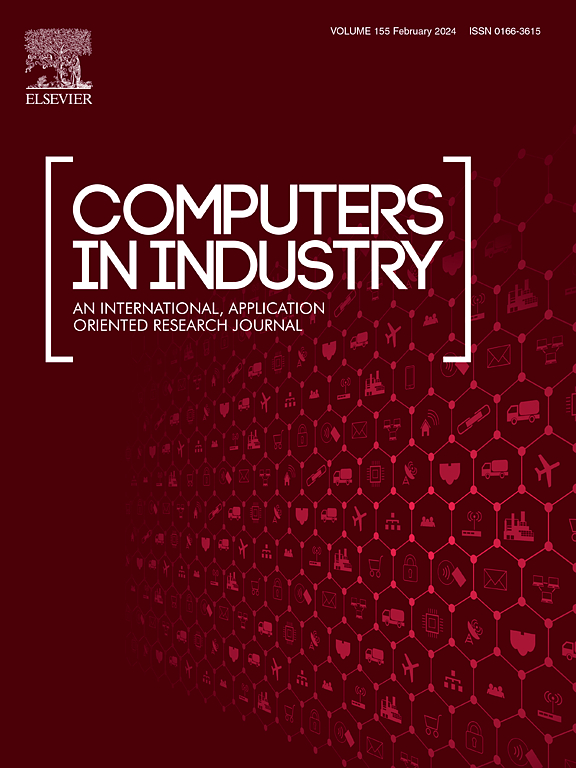Intelligent chatter detection in high-speed milling using successive variational mode decomposition and a multi-channel feature fusion network
IF 8.2
1区 计算机科学
Q1 COMPUTER SCIENCE, INTERDISCIPLINARY APPLICATIONS
引用次数: 0
Abstract
In high-speed milling, chatter detection plays an important role in ensuring surface quality and safe machining. Traditionally, chatter detection is performed by manually setting the feature threshold, which is unreliable. In this paper, an intelligent chatter detection method is proposed based on deep learning. The proposed method is featured by automatic chatter detection based on multi-channel features, and it is applicable in different milling conditions. To adaptively obtain the chatter signal and avoid the problem of modal mixing, the successive variational mode decomposition method is first used to extract the chatter frequency components without selecting parameters. Then, multi-channel features are extracted from the reconstructed chatter signal, and sensitive features strongly related to the milling chatter are selected based on mutual information metric. Next, a novel multi-channel feature fusion network, composed of the gated attention mechanism, ResNet module, CapsNet module, and classification module, is constructed to mine feature information and implement chatter detection. Finally, the signal data are acquired through a series of milling experiments. The identification performance of the model is evaluated in three scenarios, and an average accuracy of 0.9887 is achieved. In addition, ablation experiments and comparative studies with other detection methods are performed. The results show that the proposed method can improve the accuracy and generalization of chatter detection.
基于连续变分模态分解和多通道特征融合网络的高速铣削颤振智能检测
在高速铣削加工中,颤振检测对保证表面质量和加工安全起着重要作用。传统的颤振检测是通过手动设置特征阈值来实现的,这是不可靠的。本文提出了一种基于深度学习的颤振智能检测方法。该方法具有基于多通道特征的颤振自动检测的特点,适用于不同的铣削工况。为了自适应获取颤振信号并避免模态混合问题,首先采用逐次变分模态分解方法,在不选择参数的情况下提取颤振频率分量;然后,从重构的颤振信号中提取多通道特征,并基于互信息度量选择与铣削颤振相关性强的敏感特征;其次,构建由门控注意机制、ResNet模块、CapsNet模块和分类模块组成的新型多通道特征融合网络,挖掘特征信息并实现颤振检测;最后,通过一系列铣削实验获取信号数据。在三种场景下对模型的识别性能进行了评价,平均准确率为0.9887。此外,还进行了烧蚀实验,并与其他检测方法进行了对比研究。结果表明,该方法可以提高颤振检测的精度和泛化程度。
本文章由计算机程序翻译,如有差异,请以英文原文为准。
求助全文
约1分钟内获得全文
求助全文
来源期刊

Computers in Industry
工程技术-计算机:跨学科应用
CiteScore
18.90
自引率
8.00%
发文量
152
审稿时长
22 days
期刊介绍:
The objective of Computers in Industry is to present original, high-quality, application-oriented research papers that:
• Illuminate emerging trends and possibilities in the utilization of Information and Communication Technology in industry;
• Establish connections or integrations across various technology domains within the expansive realm of computer applications for industry;
• Foster connections or integrations across diverse application areas of ICT in industry.
 求助内容:
求助内容: 应助结果提醒方式:
应助结果提醒方式:


